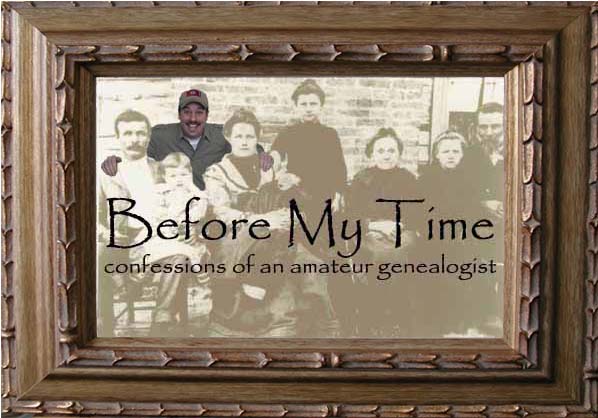I just finished reading Saroo Brierley’s memoir “A Long Way
Home” on which the Oscar® nominated film Lion
is based. It is the story of a young boy from a small village in India who
falls asleep on a train and wakes up hundreds of miles from home with no idea
where he is or how to get back to his family. This boy is adopted by an Australian
couple and raised in Tasmania. Years later, as an adult, he uses Google Earth
to retrace is childhood trek to find his village and is reunited with his
family.
This story touched me because I remember when Google Earth
came out. The internet was still very slow compared to today’s high-speed
broadband. And I was living in California, almost the other side of the country
from where I grew up. Like most people, the first thing I did on Google Earth
was search my childhood home. I did this along with my coworkers who were
mostly from big cities like New York or Philadelphia. They were astonished to
see the green Tennessee forests and fields I grew up around compared to the
grids of streets and buildings they searched. Some thought I was raised a
country bumpkin after seeing the birds-eye-view of my hometown.
I think what captures us about this is seeing our childhood
homes like we’ve never seen it before – from above. Saroo Brierley comments on this in
his book. It was a remarkable tool to help him piece together his origins from
his fragmented memories. But the only way to be certain was to see it from the
ground.
“A Long Way Home” also reminded me of a not-so-long journey
I took about a year ago. I was in my hometown on a warm spring weekend with
nothing planned for the day. I was talking with my mother about how she grew up
on a plantation farming community. I asked her when she last visited her
childhood home and she said she hadn’t been there since she left as a pre-teen.
I was astonished! Since we had no plans and it was a beautiful day, we got in
the car and hit the road.
The plantation was just a short 15-20 minute drive away. We drove past the main plantation house, now a museum, and many farms
that were now operated by a state university. Finally we came to a field with
what seemed like a short driveway.
“The house was back there.” My mother pointed.
“Well, can we go there?” I asked.
“I don’t know.”
“I don’t think anyone would mind.” I pushed “You know the
people around here. They wouldn’t care if we just looked around.”
So we parked the car and began walking. My mother had been
to the area many times over the years. But this was the first time she actually returned to the fields she walked as a little girl. We walked along a fence line
until we came upon some woods. My mother looked around a little lost. I
fearlessly trudged into the trees and soon found some foundation stones and
some old rusting appliances. This was it! We had found it! Like archaeologists
in a South American jungle, we were rediscovering the past! Little was left
that looked like it did in my mom’s youth. But she could still point to
landmarks and in the general direction where she would walk to catch the school
bus or see friends.
Several hours later, we returned home and immediately pulled
out the photo albums to pour over the few photos my mom had of her childhood
home. We compared them to the memories of the area we had just explored. It astounded me that my mother had never returned here until
now. It was so close! Perhaps she didn’t want to return. Perhaps she had
painful memories there. Or perhaps she thought there was no worth in returning
to the past.


No comments:
Post a Comment